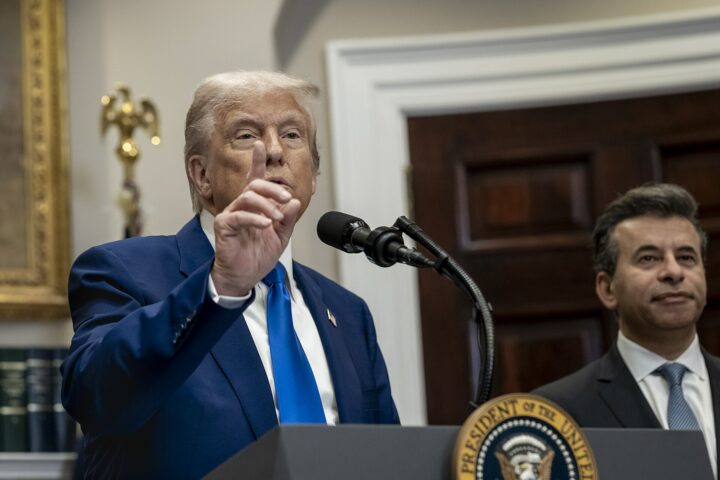In a striking move to modernize U.S. military capabilities, Defense Secretary Pete Hegseth reportedly issued a directive on Thursday aimed at empowering combat units with a new generation of unmanned aerial systems, dubbing the effort “Unleashing U.S. Military Drone Dominance.”
The initiative rescinds previous procurement restrictions, ramps up domestic manufacturing, and integrates drones into frontline operations.
Under Hegseth’s plan, longstanding red tape will be stripped away. Policies from recent years that limited the military’s use of drones—especially those with components from China—will be revoked, allowing commanders greater autonomy to acquire and deploy small unmanned aircraft systems (UAS).
Hegseth emphasized this is not merely symbolic, but practical: “While our adversaries produced millions of cheap drones before us, we were mired in bureaucratic red tape. Not anymore.”
A key element of the directive expands the Pentagon’s “Blue List”—a catalog of approved commercial drone systems and components—to include hundreds of more U.S.-made options.
These drones must meet national security standards, allowing units to swiftly purchase and deploy them using streamlined procedures.
In parallel, the Defense Innovation Unit and Defense Contract Management Agency will collaborate to accelerate certifications.
Hegseth is also directing the Armed Forces to embed drone warfare more deeply into training regimens.
By 2026, every squad is expected to be equipped with expendable small drones, and by 2027, major training exercises will incorporate “force-on-force” drone simulations.
Field commanders are being encouraged to treat drones not as luxury assets, but as essential tools—akin to ammunition—for future conflict scenarios.
The announcement has rattled defense and industrial sectors alike. Shares in U.S. drone manufacturers responded promptly: Kratos Defense stock rose over 12 percent, while AeroVironment shares jumped about 7 percent in early trading on Friday.
Analysts see the policy as a decisive pivot in military strategy.
Small drones have proved pivotal in recent conflicts—most notably in Ukraine—providing reconnaissance and precision strike capabilities at low cost.
Hegseth’s directive aims to double down on that advantage, shifting from bureaucratic caution to operational urgency.
Still, challenges lie ahead. The Pentagon will need to ensure consistent supply chains, robust training protocols, and clear chain-of-command structures for robotic systems.
It must balance innovation with oversight—a careful calibration between bold strategy and bureaucratic integrity.
By pushing drones to the forefront of military doctrine, Hegseth seeks to place the United States ahead in a domain rapidly redefining modern warfare.
Whether the policy will maintain its momentum hinges on delivery—getting these systems into the hands of troops and navigating the complexities of a rapidly evolving battlefield.
[READ MORE: Networks Silent After Attack on ICE Agents in Texas Raises Concerns Over Media Coverage]








